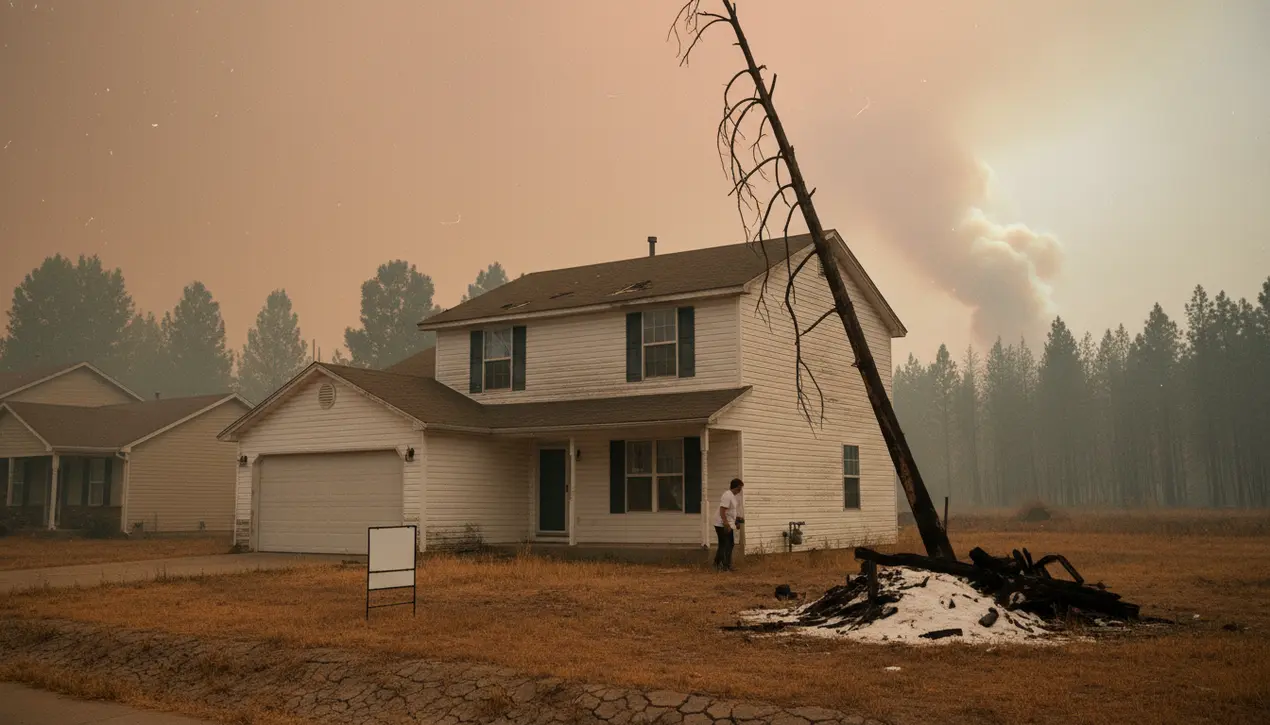
Otherreal estateHousing Market Trends
The housing market is still passing through a home insurance shock.
OL
Olivia Scott
7 hours ago7 min read2 comments
The American housing market is navigating a profound and persistent home insurance shock, a structural shift that is fundamentally altering the calculus of homeownership. According to data from Cotality, the analytics firm formerly known as CoreLogic, insurance premiums now consume a record 9% of the typical U.S. homeowner's monthly payment, a figure that has been climbing steeply and shows no signs of abating.John Rogers, Cotality's chief data and analytics officer, recently detailed the triple-threat of forces exerting relentless upward pressure on costs. First, the Pandemic Housing Boom's overheated market for materials and labor has permanently inflated reconstruction costs, a legacy that continues to be priced into new policies.Second, and more ominously, is the escalating climate risk; Cotality models indicate that roughly 12% of the current U. S.housing stock, representing a staggering $4. 3 trillion in potential reconstruction value, sits in high-risk hazard zones for wildfires, storms, hail, and flooding.Their forward-looking projections are even more sobering, forecasting that this share will swell to 20%, or $7. 2 trillion, by 2050.Compounding this is a third factor: demographic migration. As populations surge in states like Florida and Georgia, they are often flowing directly into these high-risk areas, with Rogers noting that one in six Americans now resides in a zone with significant wildfire danger.This isn't a temporary market correction but a recalibration of risk in an era of climate change, and its financial implications are profound. Looking at the macro picture, Cotality anticipates average annual U.S. homeowner insurance premiums will rise another 8% in both 2026 and 2027, a trend that will inevitably dampen housing affordability and could cool demand in the most vulnerable regions.However, Rogers also outlined a path toward mitigation through data and science. Following events like the Palisades fire, which demonstrated the underestimated risk of 'urban conflagration,' Cotality has developed property-level models that can inform safer rebuilding.Their blueprint for such communities, incorporating IBHS-standard hardened homes and strategic fire breaks, demonstrated a potential to slash wildfire risk by up to 75% and cut insurance premiums by more than half. Furthermore, resilience assessments powered by AI and aerial imagery, which evaluate attributes from roof materials to defensible space, are now enabling insurers to offer premium discounts of 20% or more.The stark contrast in risk levels between hardened-home counties in Florida and a place like Seminole County, Georgia—which has six times the risk—underscores the immense power of building codes and proactive mitigation. For Wall Street and homeowners alike, the message is clear: the era of treating home insurance as a stable, secondary cost is over. It has become a primary, volatile variable in the housing equation, one that will increasingly dictate property values, influence migration patterns, and separate resilient markets from vulnerable ones in the years to come.
#home insurance
#insurance premiums
#housing market
#climate risk
#construction costs
#real estate analytics
#featured
Stay Informed. Act Smarter.
Get weekly highlights, major headlines, and expert insights — then put your knowledge to work in our live prediction markets.
Related News
Comments
Loading comments...
© 2025 Outpoll Service LTD. All rights reserved.